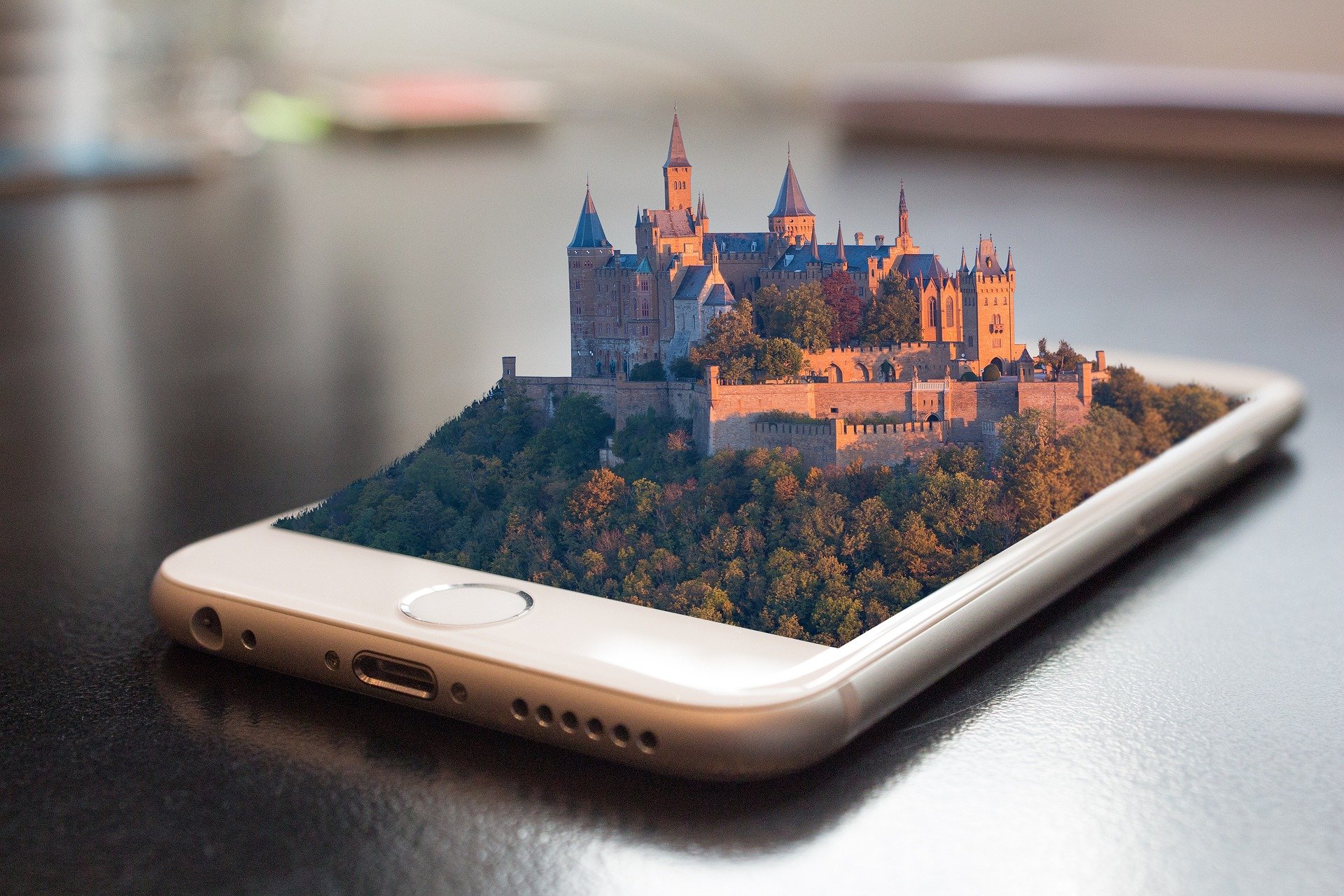Augmented Reading – Bringing Books to Life

“A book is a device to ignite the imagination.”
Alan Bennett, The Uncommon Reader.
Bringing a story to life
Increasingly, creative app developers, visual artists, authors and publishers are pushing beyond the boundaries of how we “experience” reading. By using technology to augment the experience of reading, the telling of stories and the sharing of information, will augmented reading experiences change our reading habits forever?
What is the activity of “reading”?
Visit your preferred search engine and perform an image search with the term “reading” (or try your favourite social media platform and try #reading).
What do you see?
What does reading look like?
I noticed a few things:
- reading looks like a solitary act
- necks are craned and heads are bent
- people were positioned in a very relaxed posture
- people reading together are mostly parents/children
Next, do another image search for “augmented reading”
What differences did you find?
What is the activity of “augmented reading”?
In searching for images depicting “augmented reading” I found images of books showing objects emerging from the pages, trying to represent the immersive experience of an augmented reality book experience. I found that most images depicted a similar scene to that of traditional reading, but that the subjects participating in augmented reading were holding a device or wearing a VR viewer.
These tend to be the sort of interactions we imagine about the ways to augment reading, by using the technology as a viewer. What stood out for me in these images is that we first have to augment our bodies – our eyes – using a viewer to enable us to reveal the hidden interactive dimensions. This also seemed to be depicted as solitary activity, the augmentation primarily taking place for the individual device holder or wearer.
Augmented books through a viewer
Augmented reality apps allow you to position and view a layer of 2D or 3D onto a surface. The interaction can usually be triggered by any 2D or 3D surface and can include multiple trigger points on nearly any surface. This can include flat-surfaced objects like books.
You can then view and increasingly interact with the digital content, images, videos, sounds or animations using a viewing device, for example a mobile device or a VR headset.
Examples of augmented reality books
Augmented books can help traversing a tricky textbook with detailed diagrams, enrich an art book, action into a comic book or even gaze into a tide pool. You can also use augmented reality to help readers explore wayfinding and meta data about books in a public library.
If you can’t experience an augmented reality book, this article in LearnTechLIb explores over twenty augmented reality children’s books and their interactive features and how the features support the story narrative:
Green, M., McNair, L., Pierce, C. & Harvey, C. (2019). An Investigation of Augmented Reality Picture Books: Meaningful Experiences or Missed Opportunities?. Journal of Educational Multimedia and Hypermedia, 28(4), 357-380. Waynesville, NC USA: Association for the Advancement of Computing in Education (AACE). Retrieved November 7, 2019 from https://www.learntechlib.org/p/182345.
Projected augmentation – projection mapping
Another approach that can bring additional visual dimension to books and paper materials is projection mapping or video mapping (spatial augmented reality) in which visuals are projected into the physical space onto a 2D or 3D object.
This experience doesn’t require a headset to be worn, allowing for the potential for social and group-based augmented reality experiences within the same public physical space. One example is The Icebook which blurs the boundaries of pop-up book, theatre, and film.
DIY augmented books – apps for augmenting
For this article I began testing apps to create my own augmented reality book experience. I quickly found myself trying many different apps, my enthusiastic trials and errors being thwarted by my technological limitations in owning an older generation mobile device.
I found different types of apps. DIY augmented reality apps, aimed at allowing end-users and educators to create AR experiences, commercial augmented book apps that may provide an app free and subscription model to explore the augmented books. There are also books with custom augmented reality apps that have their own author app to download in order to experience the augmented book as a publication.
If you decide to start your own experiments, it’s worth keeping in mind that if using a DIY app to augment a book, that the work (the words, photographs, cover art, concepts) may have copyright and intellectual property restrictions.
For a list of apps that you can use to create augmented books, start with the list at The Living Book, a project combining reading and digital creativity to promote a love for reading among 9-15 year-old students.
Future thinking
If the examples viewer-based and projection mapping augmented reality for books have interested you, a start-up called 6D emerging from Oxford University Vision Lab is creating a 3D mesh of the world so that augmented 2D and 3D content will appear more seamlessly in our actual spaces. See their a video explaining how their approach expands the possibilities of augmented reality.
After exploring all of this, I have a lot more going on in my own imagination, about how augmented reality might change the nature of books and the physical activity of how we read.
